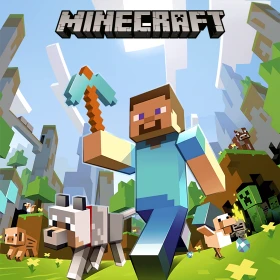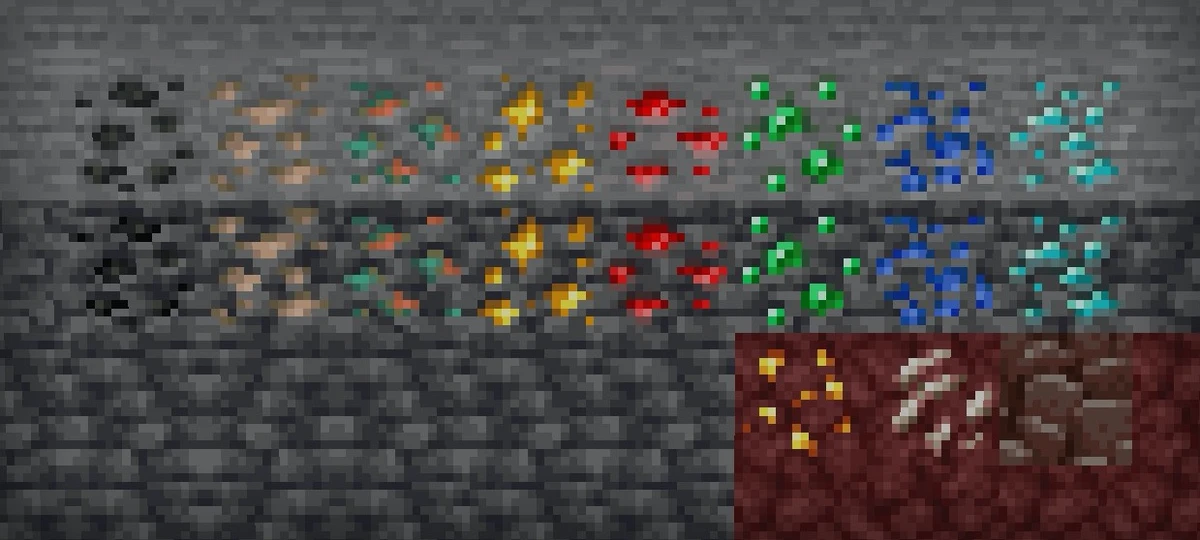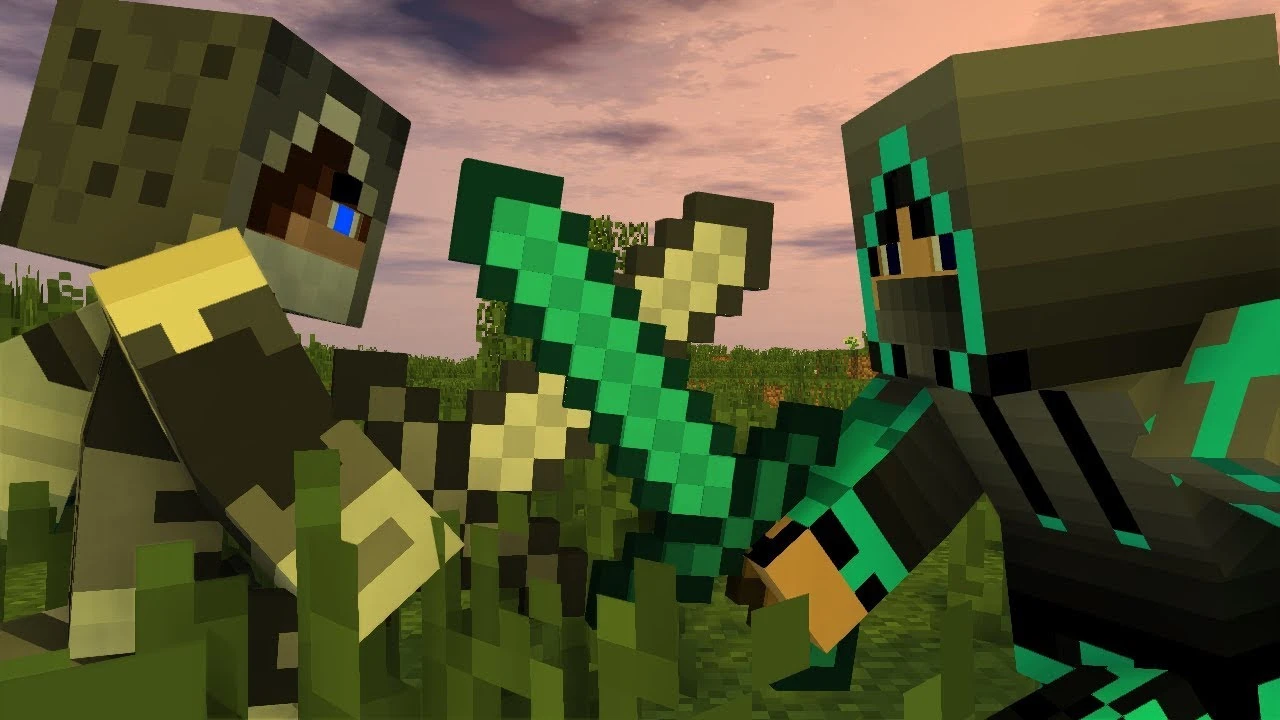In the vast, blocky worlds of Minecraft, the addition of chemistry features has opened up new realms of creativity and learning opportunities. The ability to build a Minecraft laboratory and explore chemistry within the game blends education with entertainment, making complex concepts more accessible and engaging. With the introduction of the Minecraft Education Edition and its chemistry update, players can now dive deeper into the world of science, discovering the thrill of crafting compounds, experimenting with elements, and even creating custom products through chemistry recipes. This intersection of gaming and education not only enhances players' Minecraft experience but also enriches their understanding of real-world chemistry.
This guide provides a comprehensive step-by-step approach to building your own minecraft laboratory, enabling the Education Edition in Minecraft PE, and accessing the myriad of features that come with the chemistry update. From crafting essential laboratory equipment and items using the minecraft chemistry recipe list, to conducting experiments that showcase the practical application of chemistry in Minecraft, readers will find valuable minecraft laboratory ideas and insights. Whether you're a seasoned Minecraft player looking to explore the minecraft chemistry mod or a newcomer eager to experiment with minecraft education edition chemistry recipes, this article will equip you with the knowledge to create your very own minecraft chemistry lab and embark on a scientific adventure like no other.
Step 1: Enabling Education Edition in Minecraft PE
Navigating to Game Settings
To enable the Education Edition in Minecraft Pocket Edition (PE), players must first ensure they are using a compatible version of Minecraft: Bedrock, as it is unavailable on older consoles like Xbox 360 or PlayStation 3. The process begins by creating a new world since the Education Edition cannot be toggled in an already existing world. Players should start by selecting 'Create New' under the Worlds tab and then proceed to set the game to Creative mode. This mode is crucial as the Education Edition features are not accessible under Survival or Adventure modes.
Activating the Education Edition Toggle
-
Enable Cheats: In the world creation menu, locate the 'Cheats' option. Players need to activate cheats by clicking the switch next to "Activate Cheats," ensuring it turns from grey to colored, indicating activation.
-
Turn on Education Edition: Directly below the cheats toggle, players will find the "Education Edition" switch. Click this switch to activate the Education Edition. A colored switch signifies that the Education Edition is now enabled.
-
Confirm Settings: After toggling the necessary switches, players should click on "Continue" to confirm the changes. This action might prompt a warning that enabling Education Edition features could alter the gameplay, as it introduces elements like the chemistry blocks and various educational tools.
-
Create the World: Finally, click "Create" to establish the new world with the Education Edition enabled. This new world will be labeled with an 'EDU' prefix, distinguishing it from other non-educational worlds.
By following these steps, players can successfully set up a Minecraft world that allows exploration and learning through the Education Edition, making it possible to access specialized blocks and items for chemistry experiments and educational purposes.
Step 2: Accessing Chemistry Features
Finding the Chemistry Items in the Creative Inventory
Once the Education Edition features are enabled, players can access a variety of chemistry items in the Creative Inventory. These include elements, compounds, and various laboratory tools essential for conducting experiments. Players should familiarize themselves with the layout, which is organized similarly to a periodic table for ease of navigation.
Using the Element Constructor
The Element Constructor allows players to create elements by adjusting the number of protons, electrons, and neutrons. This tool is crucial for crafting specific elements needed in chemical reactions. Players can interact with the constructor by right-clicking, just as they would with a regular crafting table.
Exploring the Compound Creator
The Compound Creator is a vital tool for combining elements to form compounds. Players can use this by placing the required elements in a 3×3 grid. The compounds formed are not dependent on the arrangement of elements, making the process straightforward. This tool supports the creation of over 30 different compounds.
Interacting with the Lab Table
The Lab Table is used for combining elements and compounds to create new, experimental products. It features a 1×9 grid where materials can be placed and combined by clicking the 'Combine' button. Successful experiments produce useful items, while failed combinations result in 'garbage' items.
Utilizing the Material Reducer
The Material Reducer breaks down Minecraft blocks into their elemental components. This tool displays the breakdown in a percentage format, showing the composition of various blocks. It is particularly useful for understanding the elemental makeup of the Minecraft world and for obtaining elements that are otherwise hard to isolate.
Step 3: Crafting Chemistry Items
Combining Elements to Create Compounds
In Minecraft's Education Edition, the Compound Creator is a pivotal tool for any aspiring chemist. Players can interact with it by right-clicking, similar to a regular crafting table. To create a compound, one must place the appropriate type and number of elements into the grid. The layout of elements does not impact the result, allowing for flexibility in arranging them. Once the elements are set, the compound manifests in the output box on the right-hand side. This tool facilitates the creation of over 30 different compounds, each serving various functions within the game.
Examples of Basic Chemistry Crafting Recipes
The following table outlines some fundamental recipes that players can utilize to craft various compounds and products using the Compound Creator and Lab Table:
| Compound Name | Ingredients Required | Product Type | Usage Example |
|---|---|---|---|
| Hardened Glass | Aluminum Oxide, Glass, Boron Trioxide | Solid | Crafting material for construction |
| Bleach | Sodium Hypochlorite | Liquid | Used in crafting to whiten wool |
| Ice Bomb | Sodium Acetate | Solid | Creates ice upon detonation |
| Super Fertilizer | Ammonia | Solid | Accelerates crop growth |
| Glow Stick | Hydrogen Peroxide, Luminol, Polyethylene | Solid | Provides light |
| Red Sparkler | Strontium Carbonate, Charcoal, Magnesium | Solid | Acts as a light source |
These recipes demonstrate the versatility of Minecraft's chemistry features, allowing players to craft items that enhance both gameplay and educational value. Each compound or product can be crafted by placing the specified ingredients in the correct quantities into the Compound Creator or Lab Table and initiating the combination process. If the combination is successful, players will observe an animation indicating the type of product (liquid, gas, or solid) they have created. However, incorrect combinations will result in a 'garbage' item, emphasizing the need for precise experimentation and understanding of chemical formulas.
Step 4: Utilizing Chemistry for Experiments
Conducting Experiments with the Lab Table
-
Setup: Players should start by accessing the Lab Table, which functions similarly to a regular crafting table. This table opens a 1×9 grid where players can place elements and compounds for experimentation.
-
Combination Process: To initiate an experiment, players click the 'Combine' button after arranging their chosen materials in the grid. The arrangement does not impact the outcome, allowing for flexibility in experimentation.
-
Observing Results: If the experiment is successful, animations at the top of the Lab Table will indicate the production of a liquid, gas, or solid. These visual cues help players understand the nature of the products they have created.
-
Handling Failures: Should the materials not react as expected, the process results in a 'garbage' item, sometimes accompanied by animations like fire or explosions, which adds an element of surprise and learning about what combinations do not work.
Creative Applications of Chemistry in Building and Customization
-
Experimentation in Design: The Lab Table not only allows for scientific experiments but also serves as a tool for creative building projects. Players can use successful experiments to craft unique blocks and items that enhance their Minecraft structures.
-
Customization with Chemistry: By understanding the properties of various compounds, players can tailor materials to specific building needs, such as using ice bombs to create frozen landscapes or employing bleach to alter the color of wool and other materials in construction.
-
Interactive Learning: This hands-on approach to chemistry through Minecraft encourages players to experiment with real-world scientific principles in a controlled, virtual environment, making learning both fun and impactful.
Conclusion
Throughout the guide, we navigated the intricate process of harnessing the chemistry features in Minecraft, illustrating how these elements can be seamlessly integrated into the game to bolster both educational and entertainment value. By enabling the Education Edition, accessing chemistry items, crafting compounds, and partaking in experiments, players are provided with a unique opportunity to delve into the scientific realm within the confines of Minecraft's expansive universe. This not only enriches the gaming experience but also offers a profound educational platform where complex scientific concepts transform into interactive learning experiences.
The essence of blending gaming with education through Minecraft's chemistry update is a testament to the evolving landscape of learning methodologies, where engagement and enjoyment are key components of educational success. As players construct their laboratories and explore the myriad possibilities that Minecraft chemistry offers, they are laying down the foundation for a deeper understanding of real-world science. This journey through the elements and compounds not only serves as a tool for creativity and exploration but also as a springboard for future scientific endeavors, underscoring the importance and impact of interactive learning in advancing education.
FAQs
1. How do you create a chemistry lab in Minecraft? To build a chemistry lab in Minecraft, start by setting up a compound creator. Next, add a material reducer. Finally, incorporate an Element Constructor, which allows you to manually create elements by combining electrons, protons, and neutrons.
2. What are some exciting chemistry-related items you can craft in Minecraft? In Minecraft, you can use the Lab Table to craft a variety of interesting items including underwater torches, hardened glass panes, blocks, glow sticks, and balloons. You can also create different colored torches by combining various chlorides with a torch and sparklers by combining a compound with magnesium and a stick.
3. What items can be produced using the compound creator in Minecraft? The Compound Creator in Minecraft enables you to create over 30 different compounds by adding elements to the grid. Some of the compounds you can make include luminol, hydrogen peroxide, charcoal, and soap.
4. How do you obtain an element constructor in Minecraft? You can acquire an element constructor in Minecraft by mining it with a pickaxe. Mining it without a pickaxe is possible but significantly slower, although the element constructor will still drop as an item.








Comments